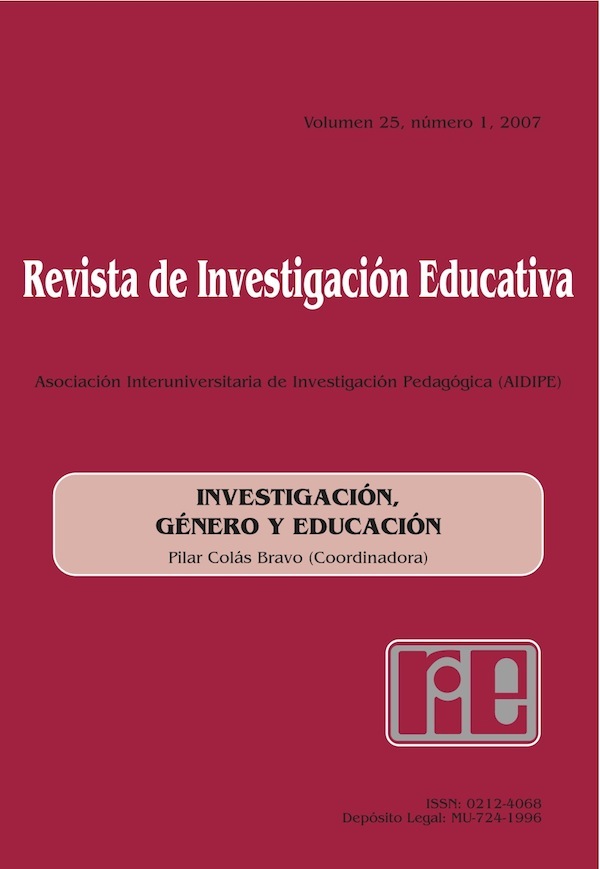La perspectiva de género en los sistemas de evaluación de la producción científica
Abstract
A society with gender stereotypes produces a science impregnated with gender bias. This determines both the scientific contents and the selection of people taking part in the generation of scientific knowledge. In all western countries, the percentage of women in high positions in the science and technology system is extraordinarily low. In this article, case analysis are presented showing that the evaluation of scientific activity, which is a mandatory step in the selection and financing of researchers, may be directly or indirectly affected of gender bias. Even evaluation criteria which appear to be neutral with respect to gender may have an unwanted gender impact. It seems very necessary to establish transparent systems of evaluation of scientific production and to analyse the evaluation criteria and their results under a gender perspective in order to uncover possible gender biases that might be supporting the glass ceiling in the academic career of women scientists.Downloads
-
Abstract1015
-
PDF (Español (España))879
The articles and scientific documents published in RIE abide the following conditions:
1. The Servicio de Publicaciones de la Universidad de Murcia (the publisher) has the property rights (copyright) of all the documents published and allows the reuse under the user’s license indicated in point 2.
2. All documents are published in the digital edition of RIE under a Creative Commons Reconocimiento-NoComercial-SinObraDerivada 4.0 Internacional. (legal document) license. These documents can be copied, used, distributed, communicated and explained publicly if: i) the author(s) and its original source of publishing (magazine, publisher and URL of the document) are cited; ii) it is not used for commercial purpose; iii) the existence and the specifications about this license are mentioned.
3. Auto-archive’s conditions. The authors are allowed and encouraged to digitally distribute the pre-print versions (a version before evaluation) and/or post-print (a version that it is already evaluated and accepted to its publication). This promotes circulation and distribution earlier and can increase the citations and significance within the academic community.









